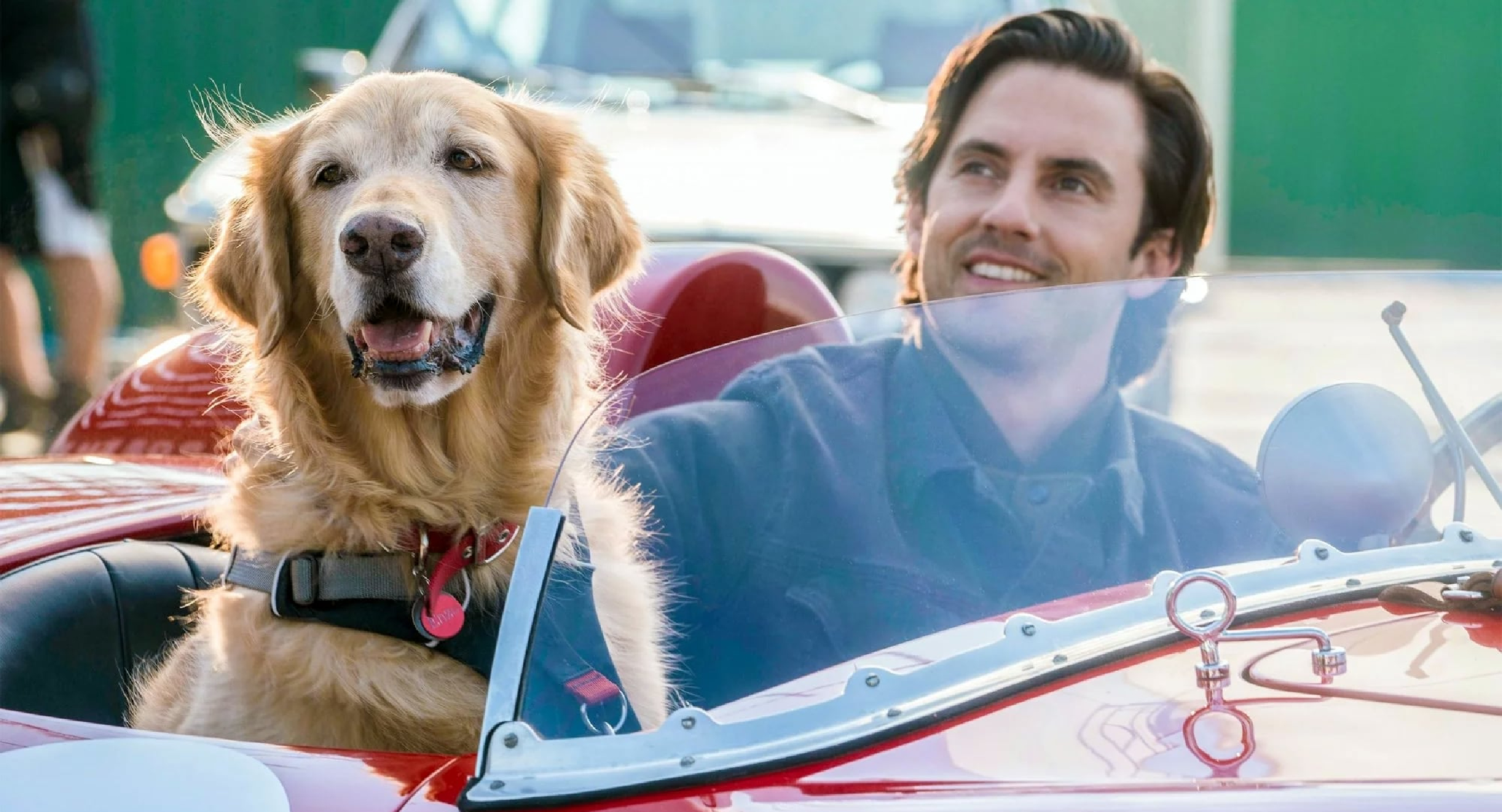The Art of Racing in the Rain – Film Review
Published August 9, 2023

Denny Swift is a Formula One race car driver who understands that the techniques needed on the racetrack can also be used to successfully navigate everyday life. Besides his career, Denny has three loves of his life — his beautiful wife, their young daughter and his best friend, which is a dog that wants to be reincarnated into a human.
Released in 2019 and directed by Simon Curtis, The Art of Racing in the Rain attempted to bring to life Garth Stein’s heartwarming novel of the same name. The film aimed to blend human emotions with the unique perspective of a dog named Enzo, voiced by Kevin Costner. While the concept held promise, the execution left much to be desired, resulting in a movie that struggled to truly capture the magic of the source material.
The film’s premise revolves around Denny Swift (Milo Ventimiglia), an aspiring race car driver, and his loyal dog Enzo, who share a special bond. Enzo serves as the film’s narrator, offering his thoughts on life, love, and human behavior, often drawing parallels between racing and life’s challenges. The narration, provided by Kevin Costner, is one of the movie’s strengths, as his warm and gravelly voice adds an endearing dimension to Enzo’s perspective.
Milo Ventimiglia’s portrayal of Denny Swift is earnest and believable, capturing the character’s passion for racing and his deep connection with Enzo. Amanda Seyfried plays Eve, Denny’s love interest and later wife, offering a charming presence. However, the chemistry between Ventimiglia and Seyfried falls short of delivering the depth required for their characters’ emotional journey. Their interactions often lack the emotional resonance needed to truly invest the audience in their relationship.
One of the film’s most significant shortcomings lies in its pacing and structure. The narrative unfolds with a sense of disjointedness, as the transitions between pivotal moments in Denny and Enzo’s lives feel abrupt and poorly connected. The film attempts to convey a span of several years, but the passage of time is often confusing, leaving the audience disconnected from the characters’ growth and development.
The racing theme, central to both the novel and the film, serves as a metaphor for life’s challenges and the need to navigate them with skill and determination. Unfortunately, the movie struggles to effectively integrate this theme into the storyline. Racing sequences are visually striking, capturing the intensity of the sport, but they tend to disrupt the film’s flow rather than enhance its thematic depth. The parallels between racing strategy and life lessons are often stated explicitly, diminishing the impact of the metaphor.
Enzo’s perspective is meant to provide a unique lens through which to view the world, and Kevin Costner’s narration offers moments of insight and humor. Enzo’s observations on human behavior, his musings on reincarnation, and his desire to have opposable thumbs are endearing and sometimes thought-provoking. However, the film relies too heavily on Enzo’s narration to convey emotion, often resorting to telling rather than showing. This approach undermines the potential for more nuanced character development and emotional engagement.
The film’s emotional moments, while occasionally poignant, are hindered by a manipulative tone. A key emotional arc involving Eve’s illness feels contrived and lacks the emotional depth required to elicit a genuine response from the audience. Instead of organically evoking empathy, the film leans into sentimentality, resulting in scenes that may leave viewers feeling emotionally manipulated rather than moved.
The supporting characters play a crucial role in shaping Denny and Enzo’s journey, yet their development remains underexplored. Eve’s parents, played by Kathy Baker and Martin Donovan, offer moments of conflict and support, but their relationships with Denny and Enzo lack sufficient exploration. Similarly, a subplot involving a custody battle over Denny’s daughter feels rushed and underdeveloped, failing to contribute meaningfully to the central themes of the film.
The cinematography by Ross Emery captures the scenic beauty of the Pacific Northwest, providing a visually pleasing backdrop to the story. The use of rain as a recurring motif symbolizing life’s challenges and the need to adapt is a visual highlight, though its symbolism is sometimes overplayed.
In the adaptation from novel to screen, some liberties were taken, which is to be expected. However, the film’s deviations from the source material sometimes result in a loss of depth and emotional resonance. Certain characters and subplots that played significant roles in the novel are either reduced or altered, robbing the film of some of its complexity.
The Art of Racing in the Rain falls short of capturing the heart and depth of Garth Stein’s novel. While Kevin Costner’s narration as Enzo adds a unique charm, the film struggles with pacing, character development, and emotional engagement. The racing metaphor, meant to tie the narrative together, often feels forced and disjointed. Despite its earnest intentions, the movie ends up being a bumpy ride, failing to evoke the emotional connection that the novel so successfully establishes. Fans of the book may find themselves longing for the depth and complexity that made the source material a beloved tale of love, life, and the human-animal bond.
